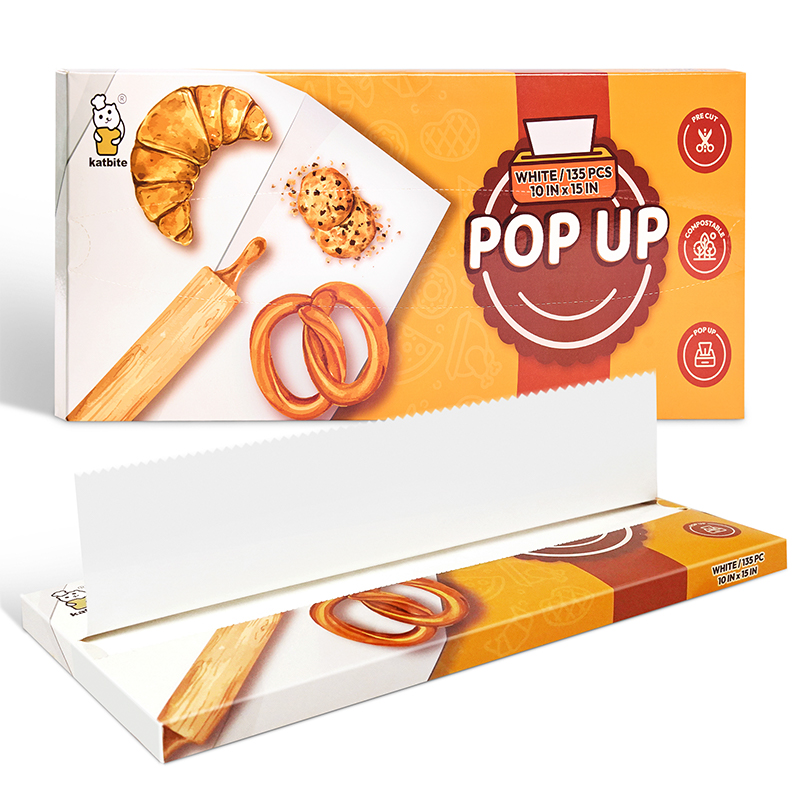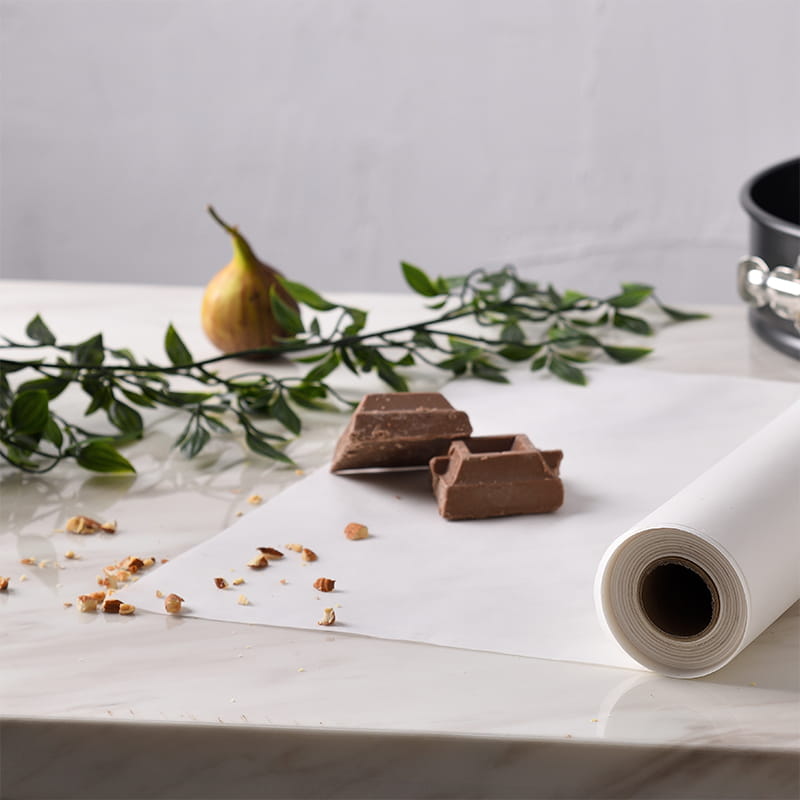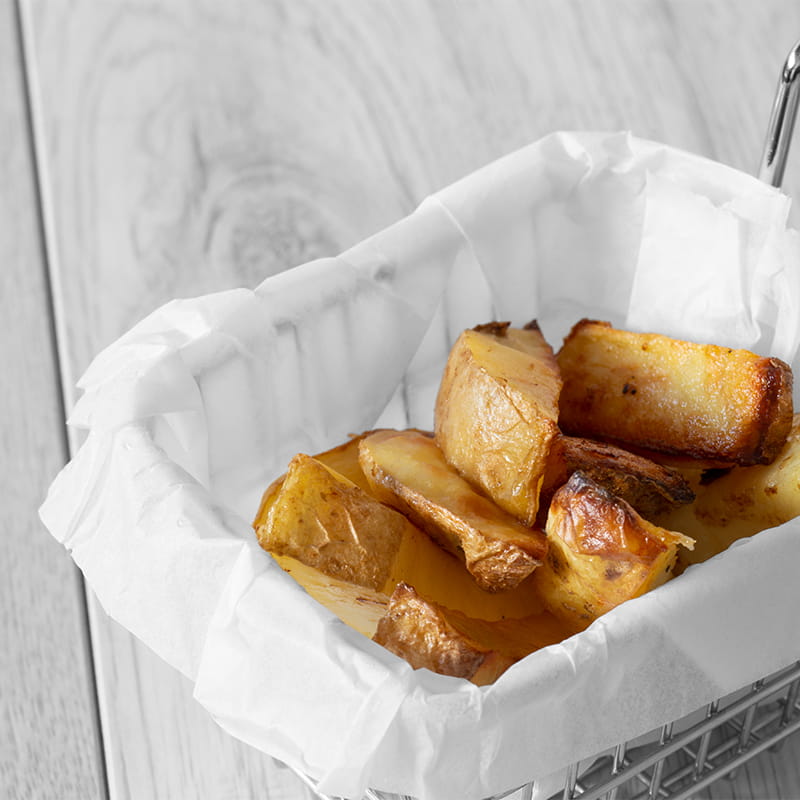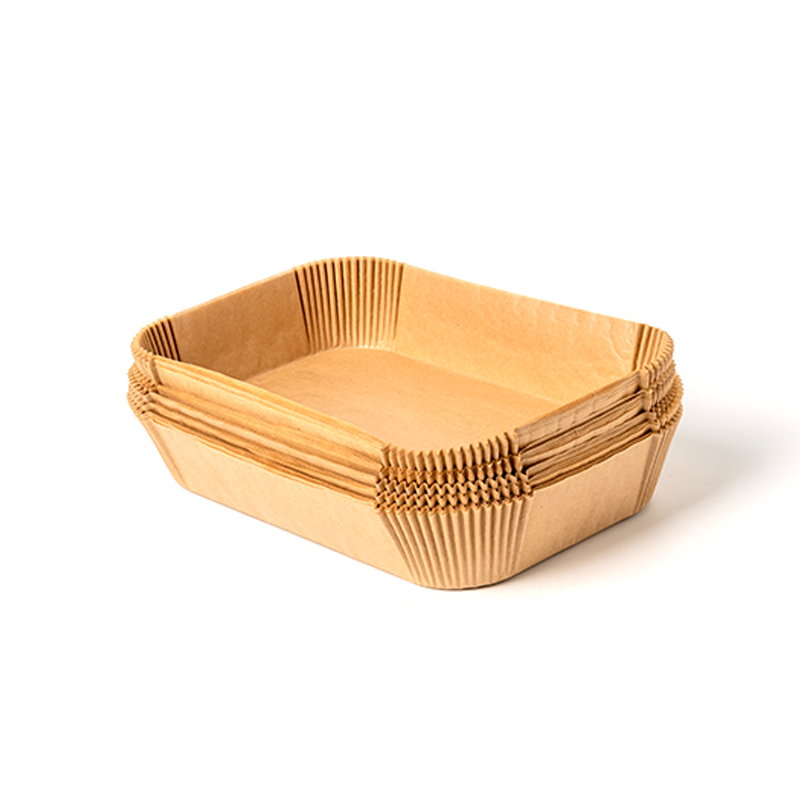Product details: Pop-up parchment paper sheets, an environment-friendly product, are composed of wood pulp and are double-side coated with silicone. Such a coating makes our paper smooth, greasepr...
See DetailsHome / News / Industry News / Sustainable Steaming: The Environmental Benefits of Dim Sum Parchment Steamer Paper
Sustainable Steaming: The Environmental Benefits of Dim Sum Parchment Steamer Paper
As the world increasingly shifts toward more sustainable cooking practices, one essential kitchen tool is quietly making a significant impact in the culinary world: dim sum parchment steamer paper. This unassuming yet highly effective product is gaining popularity in both professional kitchens and home cooking environments, thanks to its ability to streamline cooking processes while reducing waste and contributing to a more eco-conscious lifestyle. But beyond its utility in achieving ly steamed dishes, dim sum parchment steamer paper offers a host of environmental benefits that make it an essential product for the modern, sustainability-focused cook.
What Is Dim Sum Parchment Steamer Paper?
Dim sum parchment steamer paper is a specialized, perforated paper designed for steaming foods, particularly dim sum, which are often made from delicate ingredients that require careful cooking methods. The paper is placed in steamers to prevent food from sticking, allowing for easy removal while also ensuring that steam circulates evenly. Its perforated design enhances airflow, promoting more consistent cooking while reducing the likelihood of soggy or overcooked dishes.
Dim sum parchment steamer paper is a specialized, perforated paper designed for steaming foods, particularly dim sum, which are often made from delicate ingredients that require careful cooking methods. The paper is placed in steamers to prevent food from sticking, allowing for easy removal while also ensuring that steam circulates evenly. Its perforated design enhances airflow, promoting more consistent cooking while reducing the likelihood of soggy or overcooked dishes.
Traditionally, cooks used banana leaves, lotus leaves, or cloth to line bamboo steamers. While these natural materials were functional, they also come with environmental concerns, such as deforestation or water wastage. The introduction of parchment steamer paper addresses these issues with a cleaner, more sustainable alternative.
The Environmental Benefits of Dim Sum Parchment Steamer Paper
Biodegradability and Compostability
One of the standout features of dim sum parchment steamer paper is that it is typically made from environmentally friendly, biodegradable materials such as unbleached wood pulp or plant fibers. Unlike plastic alternatives, which can take hundreds of years to decompose, parchment paper breaks down naturally over time, minimizing the environmental impact.
Biodegradability and Compostability
One of the standout features of dim sum parchment steamer paper is that it is typically made from environmentally friendly, biodegradable materials such as unbleached wood pulp or plant fibers. Unlike plastic alternatives, which can take hundreds of years to decompose, parchment paper breaks down naturally over time, minimizing the environmental impact.
For cooks seeking to minimize waste, dim sum parchment steamer paper can be composted after use, transforming into nutrient-rich organic matter that can enrich soil. This contrasts sharply with non-biodegradable materials that end up in landfills, contributing to the growing global problem of waste management and pollution.
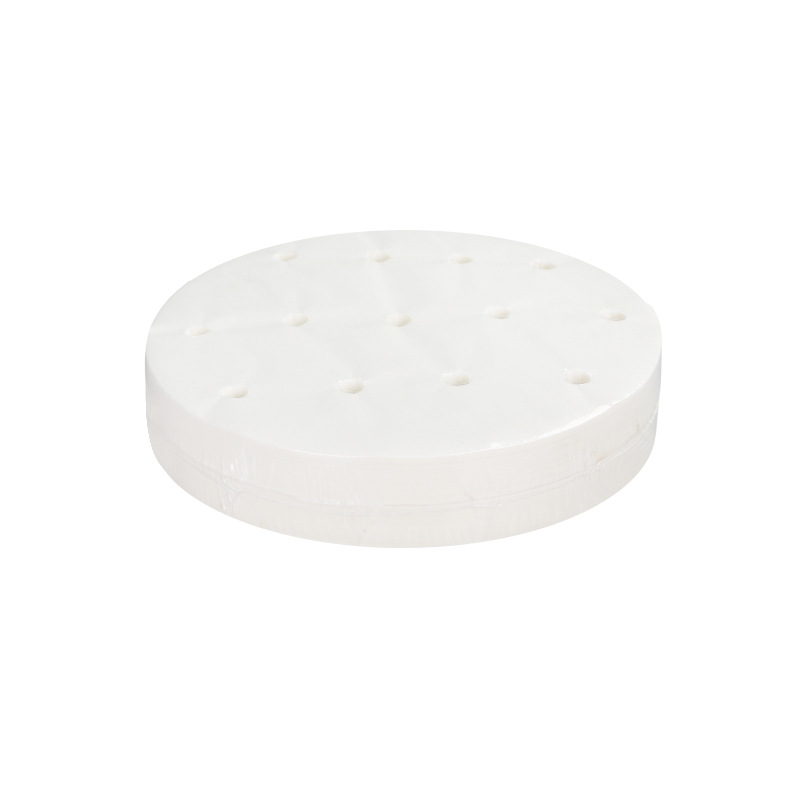
Reduction of Single-Use Plastics
Plastic waste has become one of the pressing environmental challenges of the 21st century, with single-use plastics contributing to pollution in oceans and landfills. By replacing plastic liners and wraps with dim sum parchment steamer paper, households and restaurants can significantly reduce their use of plastic products.
Plastic waste has become one of the pressing environmental challenges of the 21st century, with single-use plastics contributing to pollution in oceans and landfills. By replacing plastic liners and wraps with dim sum parchment steamer paper, households and restaurants can significantly reduce their use of plastic products.
Additionally, many dim sum parchment steamer papers come in rolls or sheets that are reusable multiple times, especially in dry cooking scenarios or when used for reheating, further reducing the need for disposable products. In contrast, plastic wraps and liners are often used once and discarded.
Eco-Friendly Manufacturing Processes
Unlike plastic and synthetic alternatives, the production of dim sum parchment steamer paper often requires less energy and fewer chemicals, making it a more sustainable choice for eco-conscious kitchens. manufacturers are prioritizing eco-friendly sourcing and using non-toxic, chlorine-free bleaching methods, reducing the environmental impact during production.
Unlike plastic and synthetic alternatives, the production of dim sum parchment steamer paper often requires less energy and fewer chemicals, making it a more sustainable choice for eco-conscious kitchens. manufacturers are prioritizing eco-friendly sourcing and using non-toxic, chlorine-free bleaching methods, reducing the environmental impact during production.
Moreover, these papers can be produced with minimal water usage, unlike some traditional food-grade materials that require extensive water resources to grow or process. This makes dim sum parchment steamer paper a more water-efficient option, essential for tackling water scarcity and preserving ecosystems.
Minimizing Food Waste
Food waste is another major concern within the food industry. However, dim sum parchment steamer paper plays an indirect role in reducing food waste by preventing overcooking, sticking, or burning of delicate foods. By providing a smooth, non-stick surface for steamed foods, the paper ensures that dishes retain their quality and flavor, which in turn decreases the likelihood of food being discarded due to unsatisfactory cooking results.
Food waste is another major concern within the food industry. However, dim sum parchment steamer paper plays an indirect role in reducing food waste by preventing overcooking, sticking, or burning of delicate foods. By providing a smooth, non-stick surface for steamed foods, the paper ensures that dishes retain their quality and flavor, which in turn decreases the likelihood of food being discarded due to unsatisfactory cooking results.
In addition, parchment paper promotes efficient steaming, which is often faster than other cooking methods, helping cooks save energy and reduce overall cooking times. Energy efficiency is a significant factor in reducing the carbon footprint associated with meal preparation.
Reduction of Packaging Waste
For businesses in the restaurant or foodservice industries, sustainable practices also extend to packaging and shipping. Many suppliers now offer dim sum parchment steamer paper that is packaged in recyclable or biodegradable materials, further reducing packaging waste. This eco-conscious approach minimizes the impact on the environment during transit and ensures that the product packaging is equally sustainable.
For businesses in the restaurant or foodservice industries, sustainable practices also extend to packaging and shipping. Many suppliers now offer dim sum parchment steamer paper that is packaged in recyclable or biodegradable materials, further reducing packaging waste. This eco-conscious approach minimizes the impact on the environment during transit and ensures that the product packaging is equally sustainable.


 English
English 中文简体
中文简体